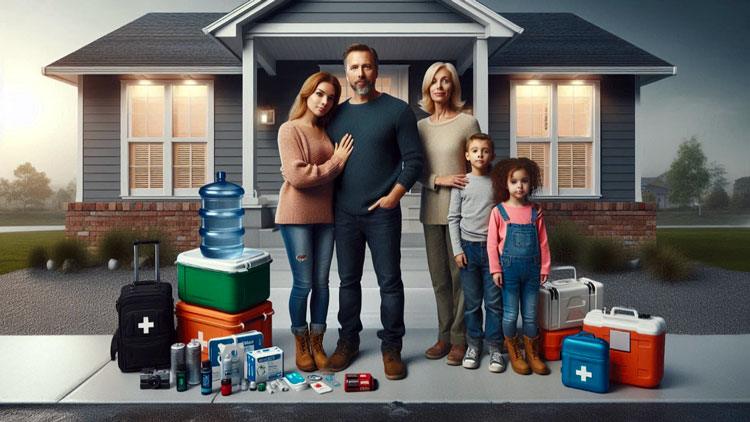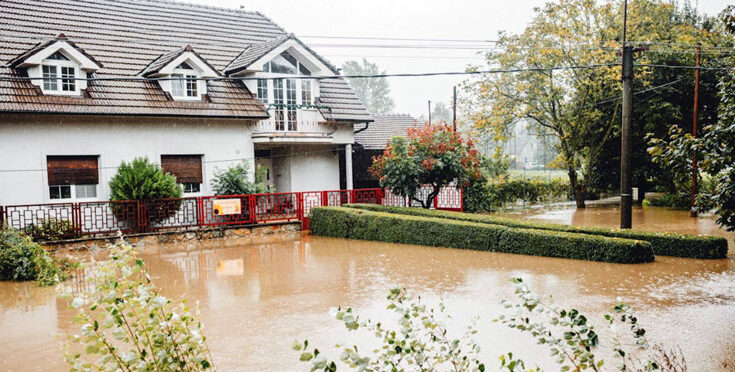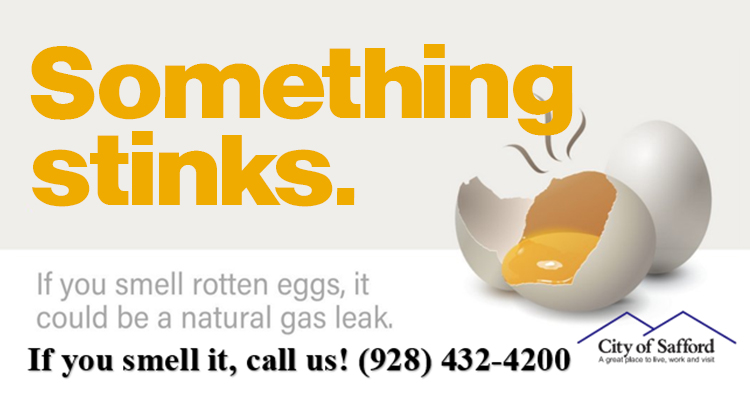No one wants to scramble in a crisis. Most families want peace of mind knowing they have a plan for whatever comes their way.
A solid emergency checklist makes those plans easy to follow. It sets up your home for safety and resilience, making sure everyone has what they need when it matters most.
Let’s lay out what you should include and why it helps… alongside how simple steps can make a big difference.
Stick around for tips you might be thankful you stumbled upon.
Store Crucial Supplies in case of an Emergency
When disaster strikes, the last thing you want is to lack essentials for your family’s safety and comfort. Most people keep water and canned food, but often forget about:
- First aid kits with prescription medications,
- A backup power bank for phones,
- Heavy-duty flashlights with extra batteries.
Think about items like manual can openers or N95 masks for smoke emergencies, too. A well-stocked supply kit makes unexpected events far less stressful for everyone under your roof.
Is Your Home Storm Ready? Retrofits for Resilience
It’s not unusual to only notice home weaknesses after a big storm. Check your roofing for loose shingles. Inspect the foundation for cracks, and make sure gutters direct water away from entry points. Doors should have strong frames and seals that resist wind-driven rain.
When looking at windows, advanced retrofits like SafeGuard impact windows installation add a serious layer of protection against flying debris and high-pressure winds. Upgrades like these help homes in hurricane-prone regions withstand even the roughest weather seen lately.
Location-Based Contingencies
Where would your family meet or assemble upon encountering a crisis? If cell towers go down after a storm damages your home, having preset gathering points keeps everyone safe and accounted for.
Pick spots both near and far from your house, considering local hazards like flood zones or blocked roads.
It pays to practice reaching these places by different routes. In some cases, knowing the safest escape paths makes all the difference during chaos or confusion.
Essential Communication Tools and Backup Options
You also want to have a reliable way to connect with family, neighbors, or emergency services if power or cell signals go out. Not every tool suits every disaster, so pick a mix that works for your area.
Some options include:
- Hand-crank radios
- Battery-powered walkie-talkies
- Solar chargers for mobile devices
- Printed emergency contact lists
- Signal whistles
With these backups, you reduce confusion and can get help more easily when it matters most.
Securing Important Documents the Smart Way

Can you salvage crucial papers like IDs, insurance records, or medical histories in a flood or fire?
Yes, and that’s if you took precautionary measures beforehand.
- Use waterproof and fire-resistant pouches for originals.
- Store digital copies on encrypted USB drives or secure cloud storage.
- Keep backup keys and passwords written somewhere safe but accessible to trusted adults.
When chaos hits, having these items at hand cuts down stress during recovery. It also speeds up claims with agencies –such as homeowners insurance– that need fast proof of identity.
Safety Equipment Every Family Should Own
Think about what could go wrong—then look for simple fixes you can keep on hand. Fire extinguishers belong in kitchens and garages. Carbon monoxide detectors save lives, especially with gas appliances.
A stash of heavy gloves and sturdy shoes means less risk when moving debris after a disaster. Don’t overlook multi-tools or pry bars for emergency exits if doors stick shut from shifting frames or fallen trees outside.
Planning for Pets and Vulnerable Family Members
Small details matter most when caring for pets or relatives with medical needs during emergencies. Pet carriers, labeled medications, and copies of health instructions belong in your kit.
Also, share emergency contacts with neighbors in case someone in your home might need extra help leaving quickly. Familiarize everyone with routines ahead of time to reduce panic when you must move fast or shelter away from home overnight.
Mapping Out Reliable Evacuation Routes
Most neighborhoods look different when roads are blocked or flooded. So, mark out more than one way to get out, and practice using both on foot and by car.
Share route maps with all household members. In urgent moments, clear directions save time and keep panic in check for everyone involved.
End Note:
It’s hard to know when the next emergency will hit. However, small preparations now can shape how well your loved ones weather a crisis. Simple planning gives peace of mind and practical protection. Here’s to keeping your family safe!









